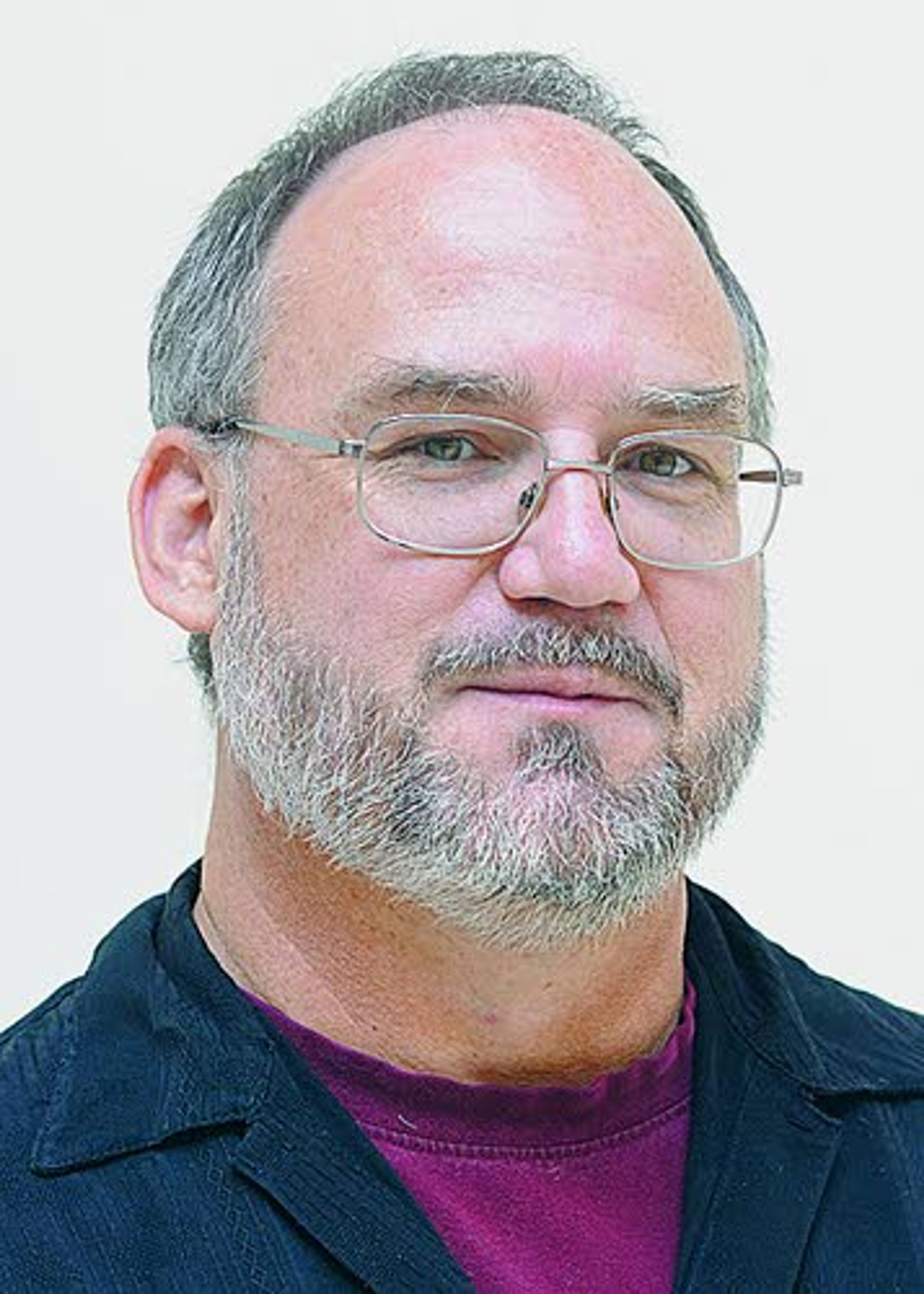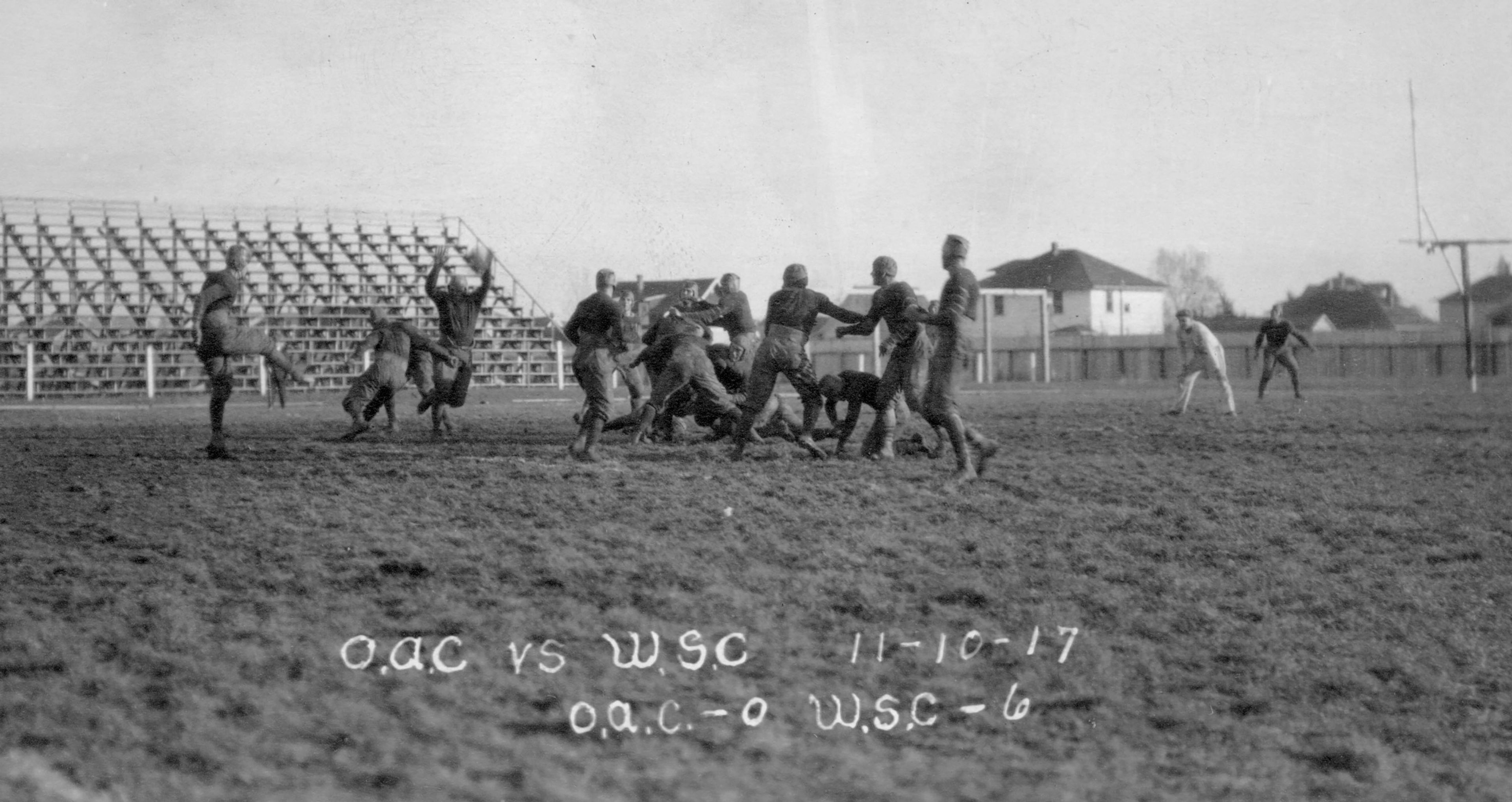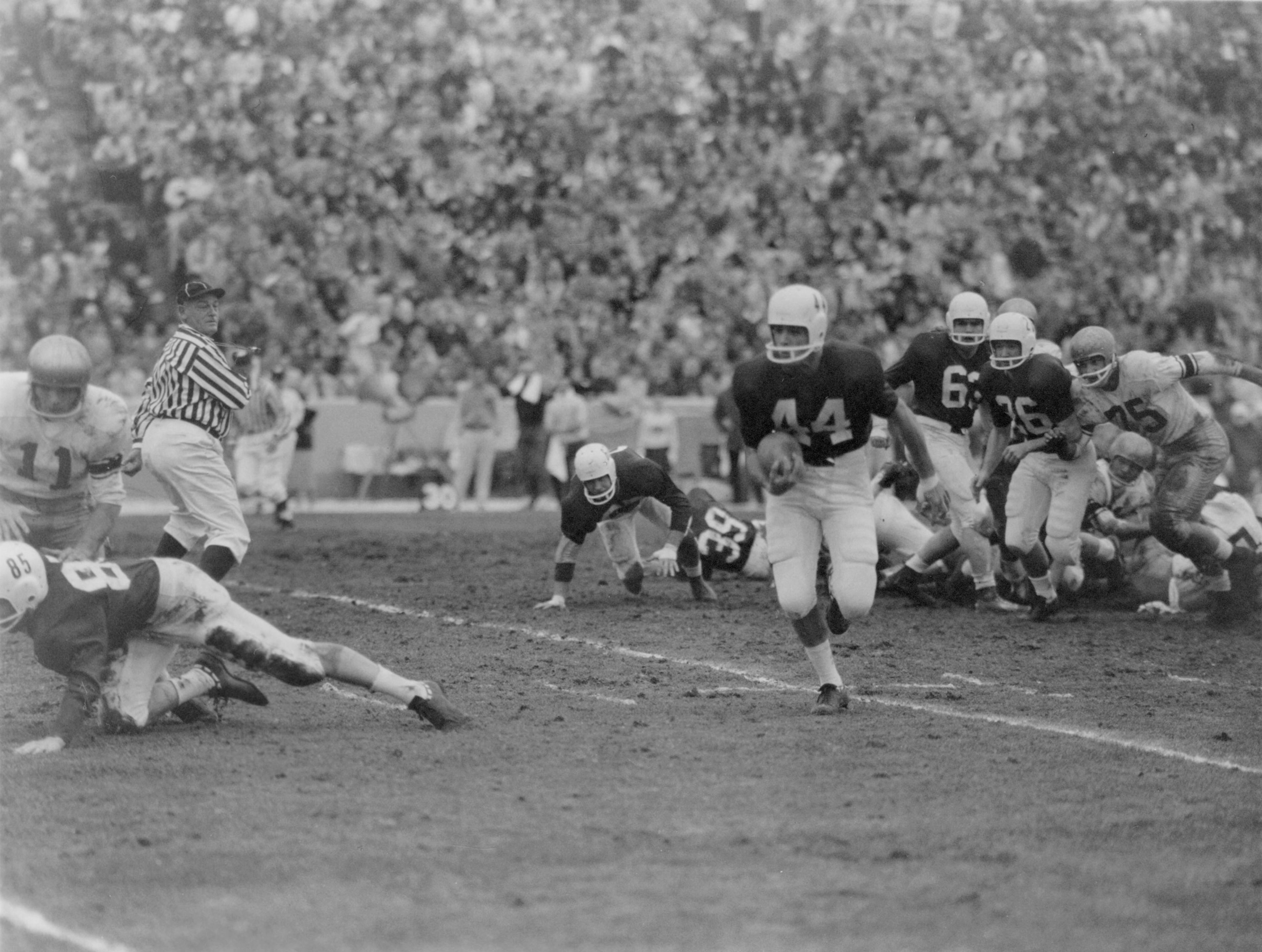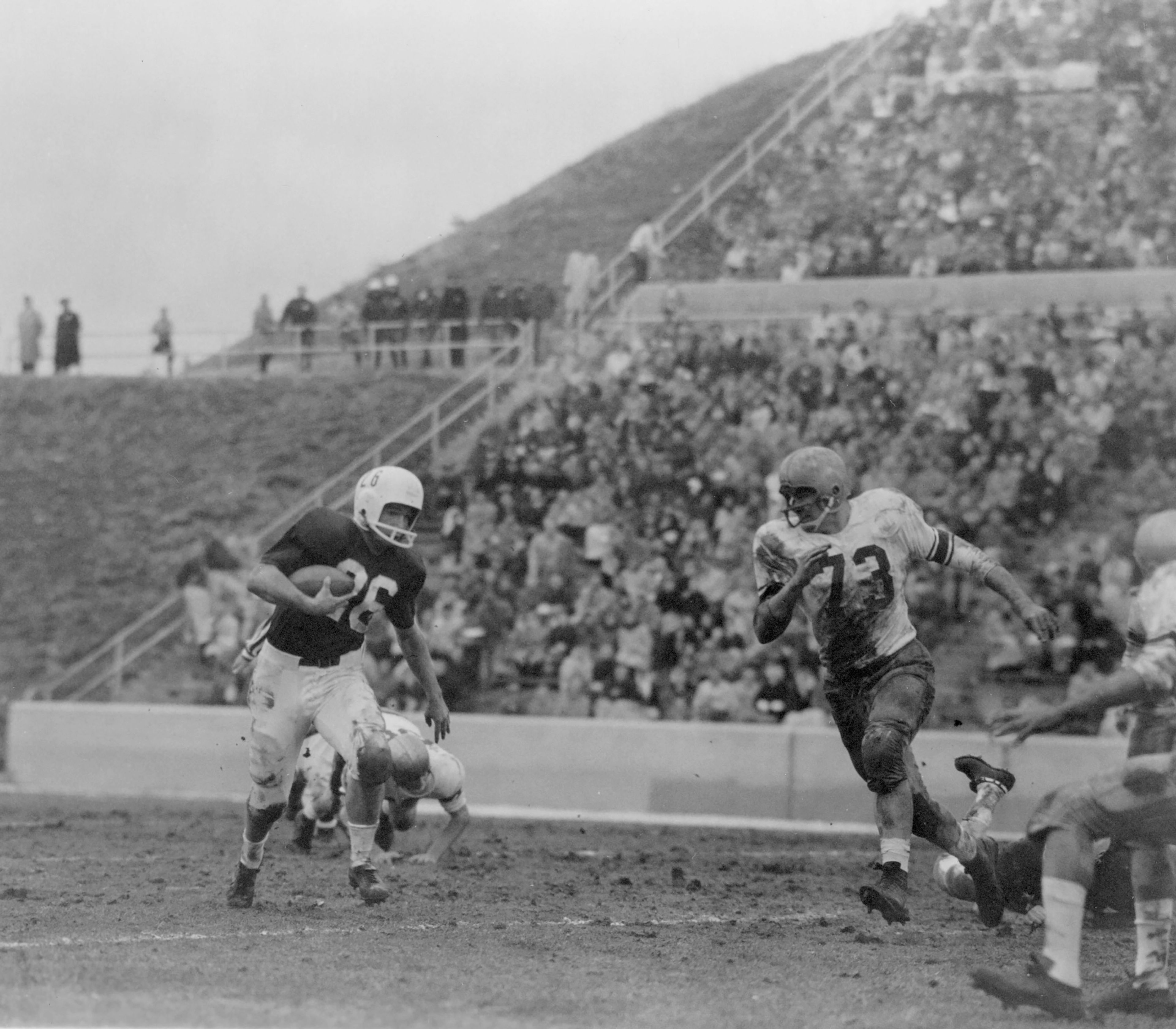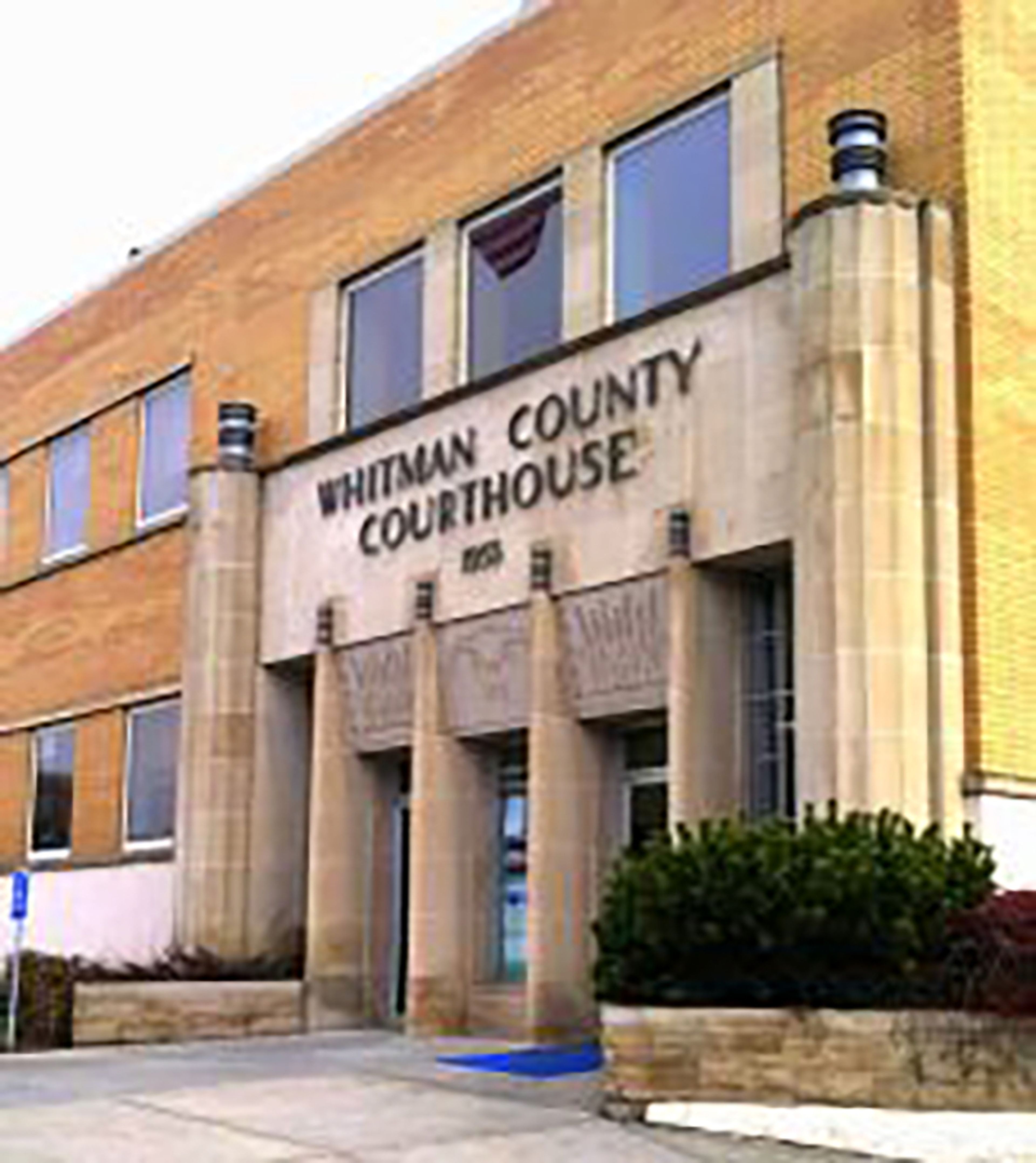And the football drama continued for Washington State
As is well known, WSU’s primary athletic conference affiliation, the Pac-12, was effectively dissolved, leaving Oregon State University and Washington State University as the only active members from 2024-26.
It was recently announced that it will be resurrected, with this week’s opponent, Boise State, as one of the new members. In the past, WSU has gone through two other such conference dissolutions; we looked at the original Northwest Conference several weeks ago and today turn our attention to their second conference.
At the 1915 annual meeting of the Northwest Conference, the athletic director from the University of California, Berkeley, appeared as a guest and proposed the formation of a new Pacific Coast Conference to adopt the Freshman Rule, which prevented freshmen from participating in athletics. The smaller northwest schools, seeing this as problematic to their ability to field competitive teams, opposed this, and Washington State College and Oregon State College voted with them so as to preserve the conference, preventing the formation of this new league. Upset, the University of Washington promptly left the meeting.
At a secret get-together that night, Washington and California worked to persuade the University of Oregon to join them in defecting, and Oregon did so on the understanding that Oregon State could come along. OSC then agreed on the condition that WSC be allowed in whenever they wished to join, and the new Pacific Coast Conference was formed.
However, all agreed that PCC rules only applied to PCC games, and that Northwest Conference rules would apply to games against those teams. Dual membership in both was maintained by the UW, UO and OSC, along with all other Northwest Conference teams to later join the PCC.
WSC was admitted one year later at the 1916 meeting, followed in the next 12 years by Stanford, University of Southern California and Idaho, Montana, and finally UCLA. Those 10 would be the body of the conference for most of its existence; Montana would leave in 1950, seeking similarly sized opponents and more equitable treatment (excepting Idaho and WSC, the other teams mostly refused to travel to Montana).
The PCC suffered a number of high-profile scandals over its lifetime. USC joined in 1922, and it only took until 1924 for them to be accused of paying players and of ignoring academic requirements. After Cal and Stanford announced they’d not play USC the following year in response, USC canceled a football game against Stanford with five days’ notice, and USC was briefly suspended from the conference as a result.
In general, however, the conference had a reputation for having high standards and being very strict with its members.
In 1951, the Oregon coach was forced to resign after providing unlawful financial subsidies to its players. Oregon in turn pointed at UCLA for doing something very similar, and ill feelings began to set in among the conference members.
In 1956, the UW coach was fired and subsequent investigations found them running a donor slush fund for players. Similar allegations were then made against UCLA; after UCLA blocked the investigation for weeks it was finally revealed they’d had multiple such slush funds in use for years. UCLA then blew the whistle on USC and California for their own violations.
In early 1958, California, USC, UCLA and Washington, the four schools sanctioned by the PCC for their violations of the conference rules, announced they would be leaving the PCC and forming their own conference. Stanford followed them a few months later; despite being one of those schools who had taken a strong stand against the others’ violations, they also would have unduly suffered by being the only large California school not in this new conference.
These five formed their own conference, the Athletic Association of Western Universities (AAWU), beginning with the 1959-1960 year. The other four schools, which had not committed violations but had voted to investigate/punish the others, were not invited, and left without conferences.
Merely leaving the other schools behind was apparently not enough; in 1958, WSC was one of the better football schools in the country. They narrowly missed out on the 1959 Rose Bowl, but were in consideration for some of the seven other bowl games existing at that time. However, for a PCC member to participate in any bowl game outside the Rose Bowl required the approval of the conference, and the departing schools voted to deny WSC permission to play.
Over time, angry feelings would cool. WSU would join the AAWU in 1962, and Oregon State in 1964. Oregon also was admitted in 1964, but only after Oregon State said they would only rejoin if Oregon was also invited, holding that it would cause undue hardship on their rival to leave them behind.
Idaho chose not to rejoin, seeking, as Montana had years before, opponents closer to their own size. In 1968, this rejuvenated version of the old PCC conference would be renamed as the Pac-8, eventually becoming the Pac-10 and then Pac-12.
O’English is the University Archivist at WSU Libraries’ MASC.
